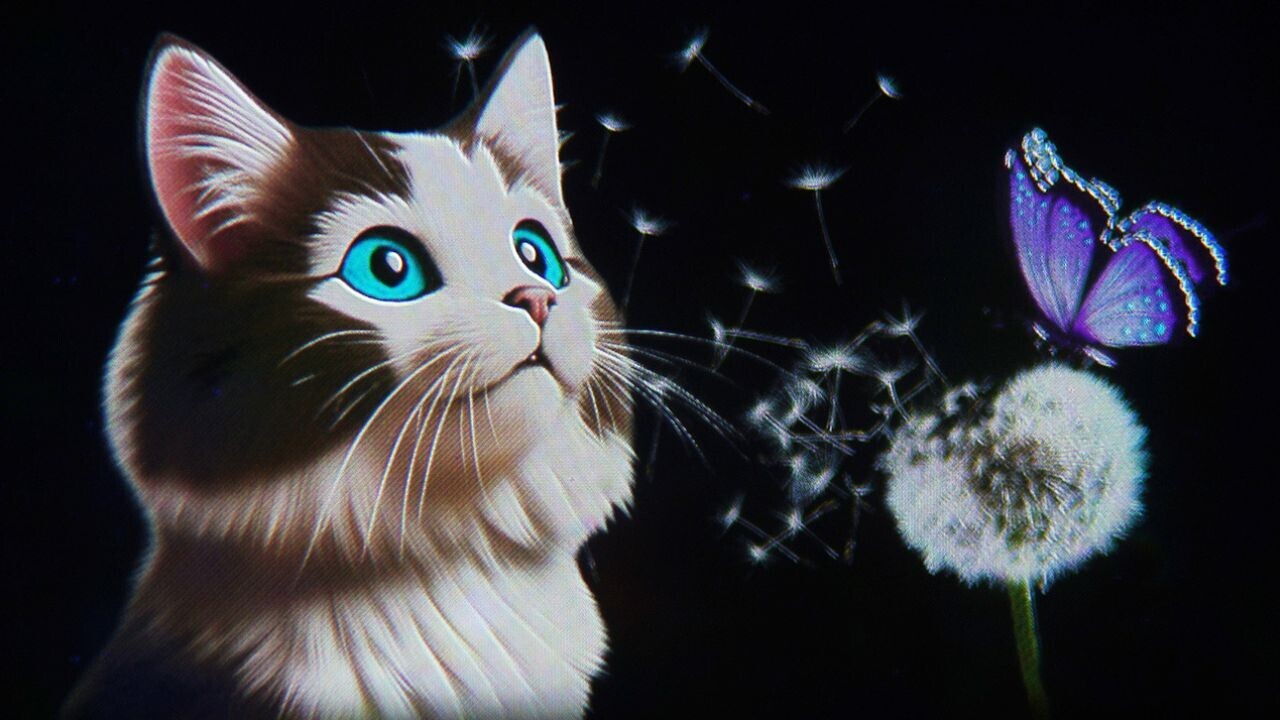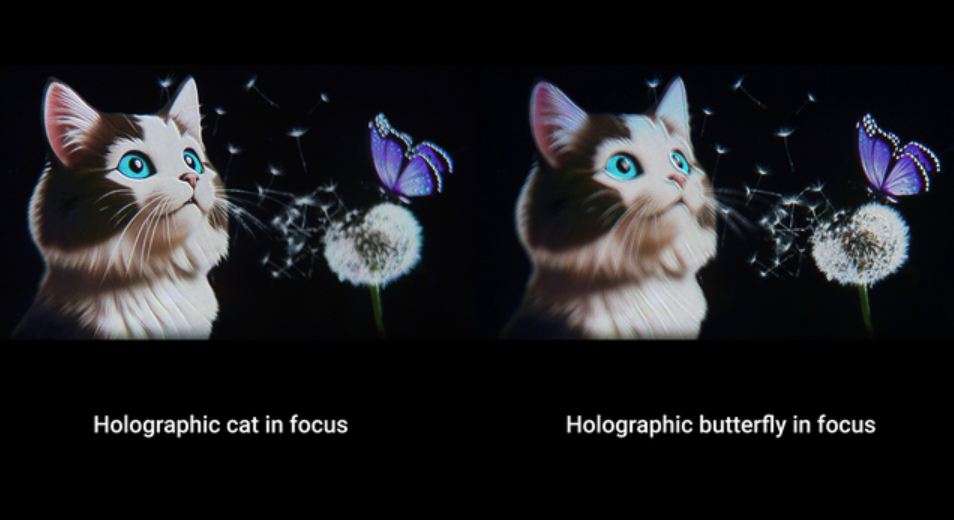
UK startup VividQ claims to have created the first-ever holograms with a “retina resolution.”
The milestone means holography can now match the resolution and real-life focus cues expected by the human eye, according to VividQ. The result is a “more natural viewing experience than ever before,” the company said. It now plans to deploy the tech in next-generation VR headsets.
To create the holograms, the company engineers light waves to render objects in 3D space. The technique mirrors the way we see objects because they reflect light into our eyes. In holography, software sets the light pathways.
VividQ projects the computer-generated images through high-performance 4K display hardware. Consequently, 3D holographic objects can be placed at any distance within a person’s focal range. Users can then naturally shift focus between the objects.
VividQ expects the impact to be first felt in VR and mixed reality applications — especially gaming. In a press release, the company said the holograms will offer users “unparalleled” levels of immersion and realism.
They could also solve some common problems for virtual reality.

In VR, users could adjust holograms to their eyesight — without the need for bulky gear. They could also dynamically switch their focus and change the distances of digital objects, which would reduce side effects such as nausea, eye fatigue, and headaches.
To showcase the benefits, VividQ has displayed the retina resolution holograms with a high-performance LCoS (liquid crystal on silicon) display from JVCKenwood (JKC), a Japanese electronics firm. The two companies are now collaborating to commercialise the tech.
“Time and time again we’ve broken down the barriers between this revolutionary display technology and the real world,” Darran Milne, the CEO of VividQ, said in a statement.
“By showing retina resolution holograms running on readily available components from JKC, and confirming that our technology is already commercially available, we are proving to the market that holographic display is not only feasible, it is inevitable.”
Get the TNW newsletter
Get the most important tech news in your inbox each week.




